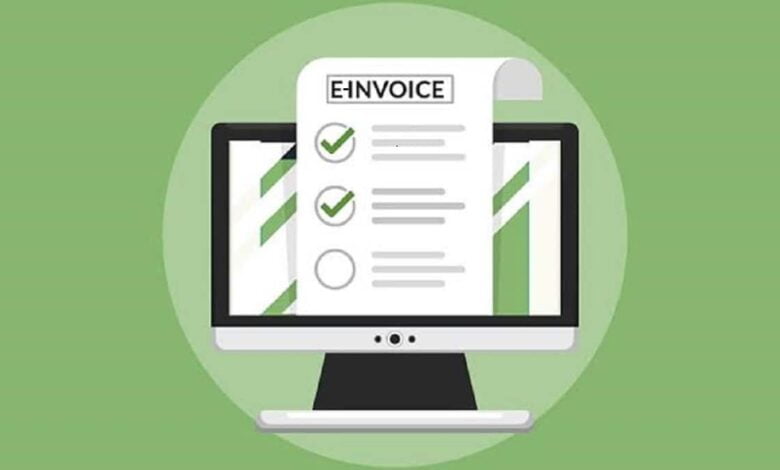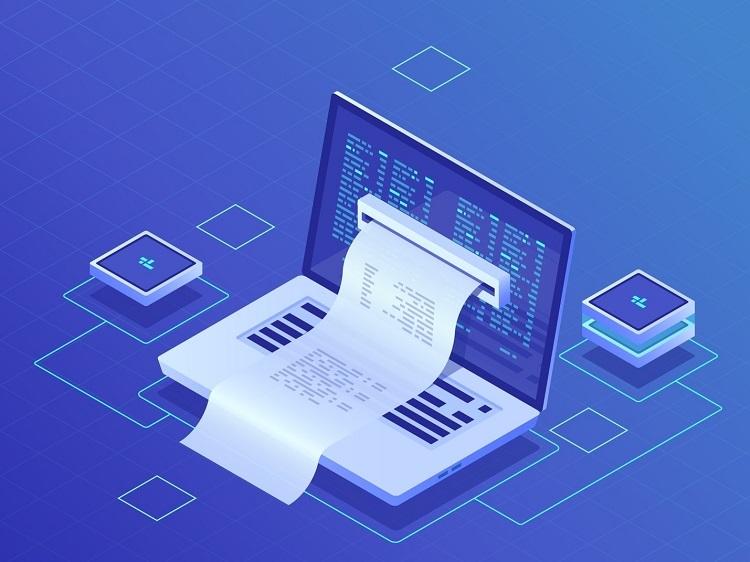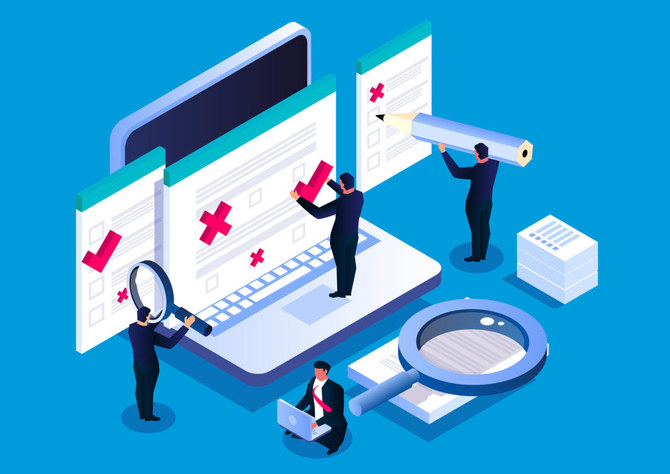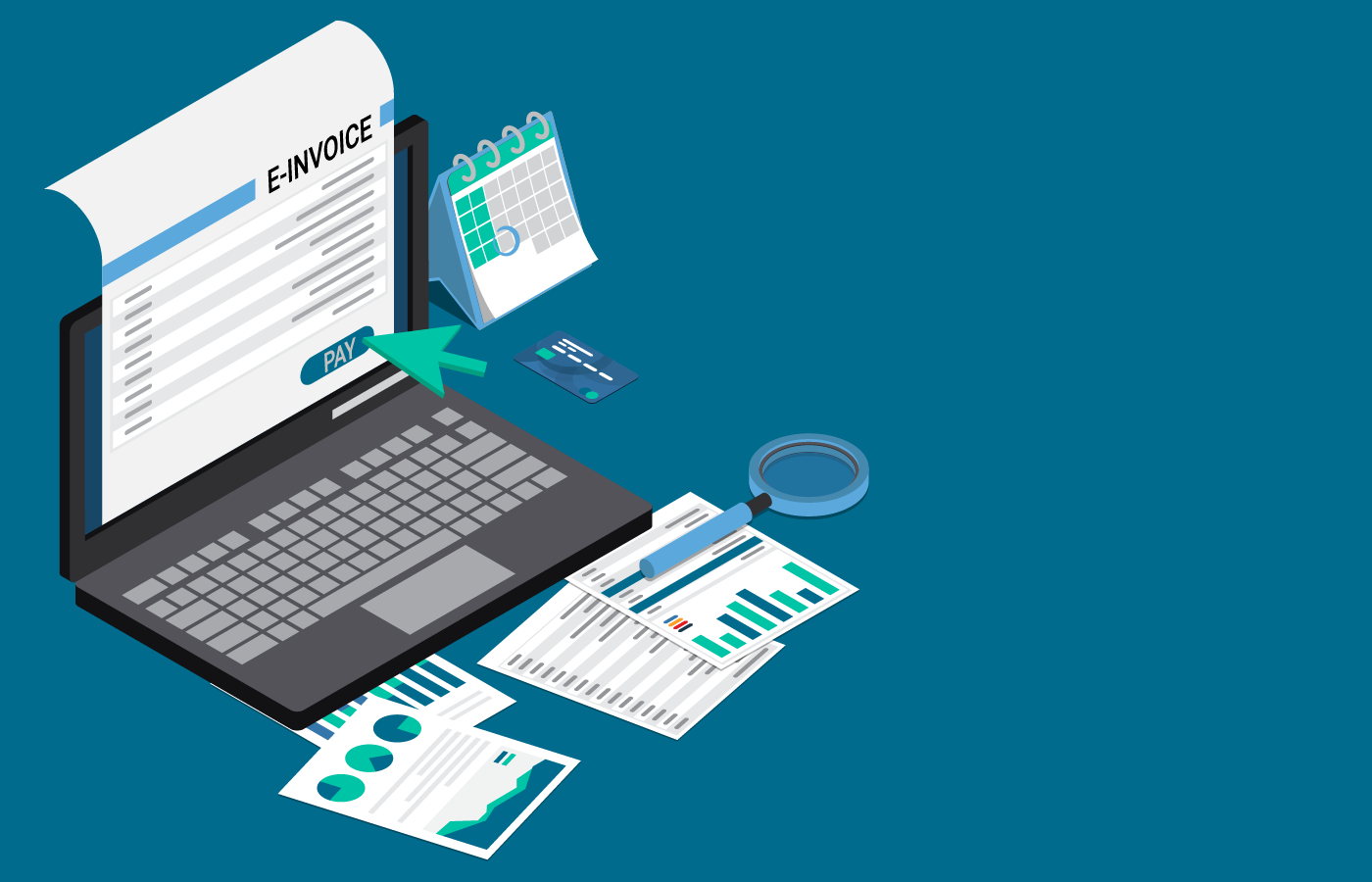E-invoice system: How it works

E-invoice system: How it works
When a supplier and a customer exchange the invoice document electronically, this is referred to as electronic invoicing (e-Invoicing).
Human mistake is inherent when paper-based procedures, such as invoicing, are utilized, raising corporate expenses and processing delays.
Electronic invoicing are a frequent B2B activity that has long been an element of electronic data interchange (EDI).
For whatever reason, B2B and e-Invoicing are no longer linked. Surprisingly, many CFOs are unaware that their company now sends and receives bills using electronic data exchange (EDI).

Einvoices are those that can be submitted directly into the buyer’s Account Payable system without the buyer’s Account Payable administrator having to intervene manually, and this is the actual definition of the term “electronic.”
What is e-invoicing?
When customers get electronic bills, they are invoiced using a predefined structured data exchange protocol (also known as electronic billing). Electronic invoicing is usually referred to as “electronic billing.”
There are two fundamental implementation strategies for completing this automated process. In order to proceed, an electronic data interchange (EDI) invoicing relationship between the client and supplier must be established.
Dealing with a group of buyers and sellers who are all linked is a possibility. Because of its scalability and efficiency for all stakeholders, the network model is the most widely used model in areas where e-invoicing is predicted to grow in popularity.
E-invoices are available in a number of formats, the most prevalent of which being PDFs (Portable Document Formats).
When an electronic invoice is supplied, it is simple for the purchasing organization’s accounting system to incorporate the invoice’s data. Invoice data is commonly displayed visually. Temporary displays or visual representations, on the other hand, might be employed in the data processing process.
How does e-Invoice system work?
When it comes down to it, electronic invoicing is a piece of cake. It is easier to send and receive text messages if you find a service provider who can manage all of these things for you.
To properly comprehend the process of the e-invoice system, we must first understand who is involved and what their duties are in the process.
The process of creating an e-invoice may be divided into two steps. The firm must first register with the Invoice Registration Portal (or, if it is an invoice, with the supplier) (IRP). The IRP and GST/E-Way Bill Systems then contact the buyer. The e-invoicing technology will now be thoroughly described.
The computerized invoicing procedure
JSON invoices that comply with certain rules are generated by providers. The ERP program or a utility tool that is not part of the product can generate the e-invoice JSON.

The JSON is sent by the supplier to the Invoice Register Portal (IRP). It is obtained by the IRP from the supplier. Through GSP, the ERP application may be connected to IRP, and the JSON file can be automatically posted to the IRP site. Here’s how it works:
IRP validates the JSON output from the ERP software.
It is created when the IRN has been verified. In addition, IRP adds a QR code in the invoice that the customer has digitally signed.
The JSON and QR codes for the digitally signed e-invoice will be obtained by the supplier and printed on the invoice that is sent to the client. GSP-integrated ERP and IRP configurations will obtain and output this information automatically.
Signed e-invoice data will be transferred to the E-Way Bill and GST systems, and the IRN will also get data from the signed e-invoice (the same JSON data supplied by the IRP to the seller)
Part-A of e-way will be automatically filled in by the e-invoice system using the JSON data that IRP supplied to it. There are two parts to an e-way bill: part A and part B. When creating an e-invoice, the seller must have access to both of these elements.
It will also perform the same for GSTR-1 and GSTR-2A forms. They will be populated with data from the GST system.
The buyer would be able to validate the ITC of an invoice filed by the supplier in real time using GSTR-2A.
E-invoices must be generated using accounting or enterprise resource planning software that does not interfere with the functioning of your firm.
This is because e-invoicing has already been implemented by larger corporations, and the deadline for deploying it for enterprises with annual revenues of 50 crores or more is rapidly approaching.
The council’s long-term objective is to make the new electronic billing system available to all taxpayers, regardless of whether their firm had more than Rs. 50 crores in annual sales as of April 1, 21.
Despite the fact that electronic invoicing incorporates a variety of terminology and technological standards, the service does not need a background in financial management, accounting, or information technology.
Entrepreneurs and small businesses may generate e-invoices in a straightforward and time-efficient manner thanks to invoicing software providers and enterprise resource planning (ERP) systems. Zervant should be your first pick if you’re seeking for a relationship.
Benefits for suppliers
It is feasible to automate invoicing.
From the time an invoice is created until it is paid or acknowledged, it may be managed wholly within your current ERP system. Pacific Commerce offers translation services to and from your ERP system’s chosen format.
monetary savings
You may save more than a third on invoice processing costs by using PEPPOL e-invoicing… Invoicing on paper or in PDF format takes time, is prone to human mistake, and necessitates manual data entry.
Increased Security
More than a third of your processing costs can be saved by using electronic invoicing. This is due to the time, inaccuracy, and data entry required by obsolete methods.
With electronic invoicing, you will receive money more rapidly.
You may speed up the payment process and obtain cash sooner if you use standardized electronic invoicing. Suppliers that utilize PEPPOL e-invoicing will be paid within five days, according to an Australian government guarantee.
Errors will be eliminated.
Email is the preferred method for sending PEPPOL documentation. This removes the need for human data entry, document scanning, manual corrections, or errors, which can lead to delayed payments and extended processing periods.
Enhanced Reliability
Unlike regular mail and email, PEPPOL incorporates sophisticated monitoring and error-correction technologies to ensure that no mistakes occur throughout the transmission process.

Benefits for government
Become eligible for savings based on how much you use.
Because the payment procedure has been substantially simplified, you may be able to save money by taking advantage of discounts for paying on time.
Suppliers who are happier with their work
If you make fewer mistakes and pay suppliers more swiftly, suppliers will see you as a favorite client and will provide you special treatment as a result of your efforts.
Increase the rate of growth of the economy
In order to boost the economy, money should be injected into the economy as rapidly as possible with lower payment wait times.
Data that is consistently formatted
When submitting papers online, all vendors follow the same formatting guidelines. Having to deal with a bewildering array of distinct file formats and distribution methods is no longer necessary.
Error minimization is the goal.
All papers are submitted online, eliminating the possibility of data entry mistakes or documents becoming misplaced in the process.

Purchase power has increased as a result of this.
The end of procurement delays and supply chain bottlenecks caused by clerical mistakes in manual procurement operations is in sight.




